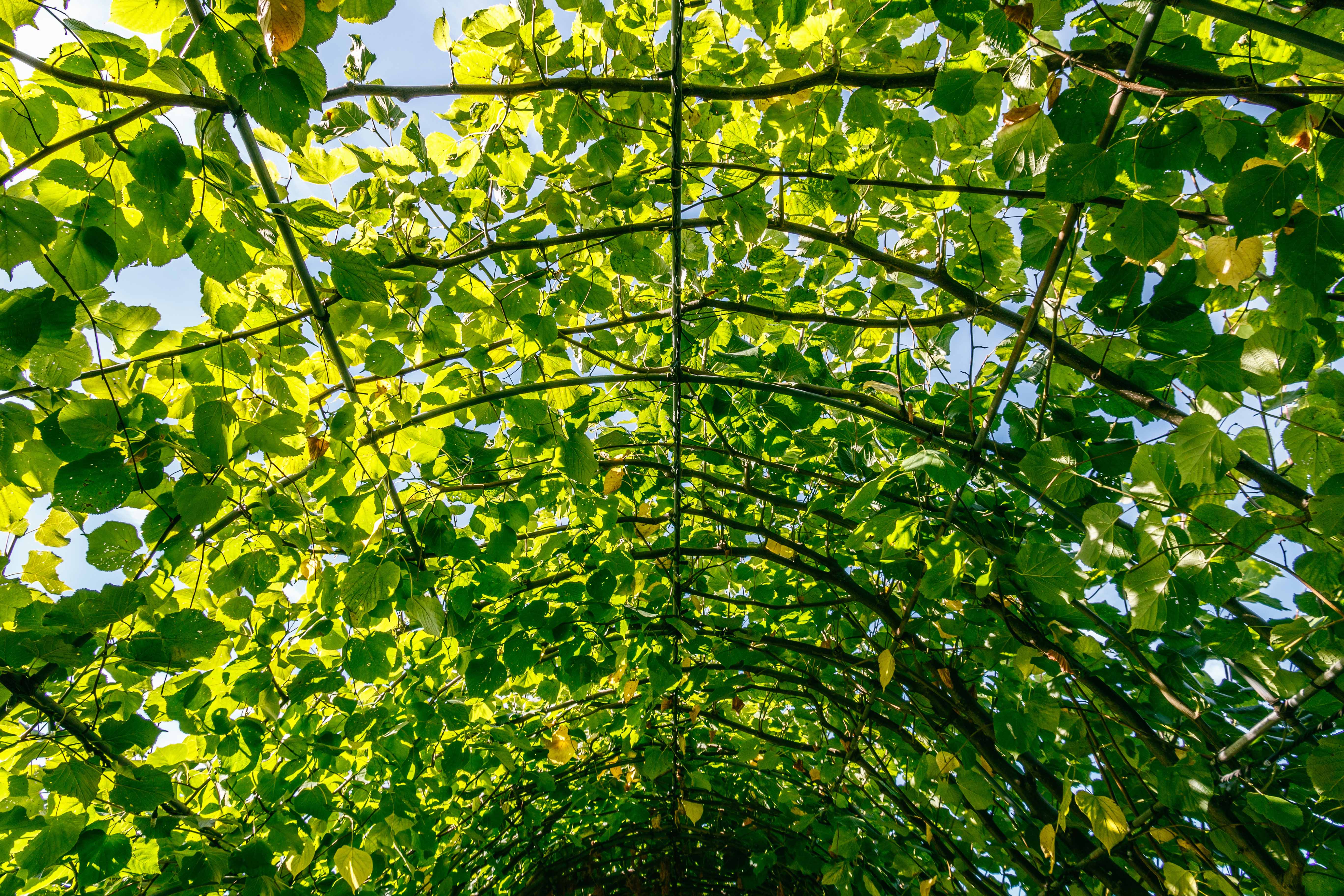Do you have a project to install a pergola to fully benefit from your garden sheltered from the sun and bad weather? Perhaps you have already built it? In either case, you have probably wondered how to green a pergola. How do you create a natural space that combines plants with relaxation? Let's look together at what plants should you put on a pergola.
Climbing plants to enhance your pergola
Italian pergolas were originally built to shade the footpaths of lush gardens. Climbing plants grew there at will to protect passers-by from the sun.
Today's wooden or aluminium pergolas are more modern. Some of them are even motorised and connected. Others enable the control of natural ventilation, as is the case of bioclimatic pergolas. However, it is not unusual to see plants climb over them to enhance the exterior space.
Several criteria should be taken into account when choosing climbing plants for a pergola:
- your needs;
- the decoration;
- the region.
Let's take a look at these three main points.
Which plant according to your needs?
Where is your pergola located?
Is it wall-mounted or freestanding?
What functions do you intend to give it?
Do you have young children or pets who risk poisoning themselves with the berries of climbing plants?
Do you want a decorative plant that flowers several times a year?
Or would you prefer a very leafy climbing plant to create an intimate cocoon?
This list of questions is non-exhaustive, but it will help you assess your needs.
If your pergola is located at the end of your garden, you will not choose the same climber as for one that leans against your house. Depending on the variety, they can attract wasps or release pollen that will drift in the air when spring comes. In that case, avoid plants with small flowers and fruit.
In the same way, if you plan to dine under your pergola, avoid planting a variety that quickly loses its petals or which will allow the dust of leaves to fall into your plates. Choose climbing plants with persistent foliage, like the trumpet vine or honeysuckle.
Perhaps your neighbours seem a little nosey and you want to quickly protect yourself from their prying eyes? In this case, choose a fast growing plant like the climbing rose, clematis or Virginia creeper. It is the same principle if you want to quickly create a shady place.
A plant decoration on your pergola
In addition to practical needs, we also have aesthetic needs.
Certain plants cover walls and roofs, such as ivy or hop. Their green foliage grows very quickly.
There are also climbing plants whose flowers form clusters, such as wisteria. Other have small, bell-shaped flowers: trumpet vine, Virginia creeper or the cup-and-saucer vine.
You can mix several varieties that will combine harmoniously on and around your pergola.
If you want to provide your pergola with a pleasant fragrance, try honeysuckle, rose, clematis or wisteria. You will also find different varieties of jasmine and Chinese dregea (Wattakaka), which has a heady fragrance. For a scented bouquet of colour, sweet pea grows quickly and flowers abundantly all through the summer!
Choose your pergola plant according to your region
Depending on whether you live in a warm or rainy region, the plant you choose must be able to adapt to the soil of your garden. It is very important to consider the climatic conditions to ensure the best choice.
Certain varieties resist frost and very low temperatures. These are known as hardy plants. Other species stand up to full sunlight and stifling heat.
You should also take into account the exposure of your pergola to the wind. Certain plant varieties are more resistant to strong winds than others.




